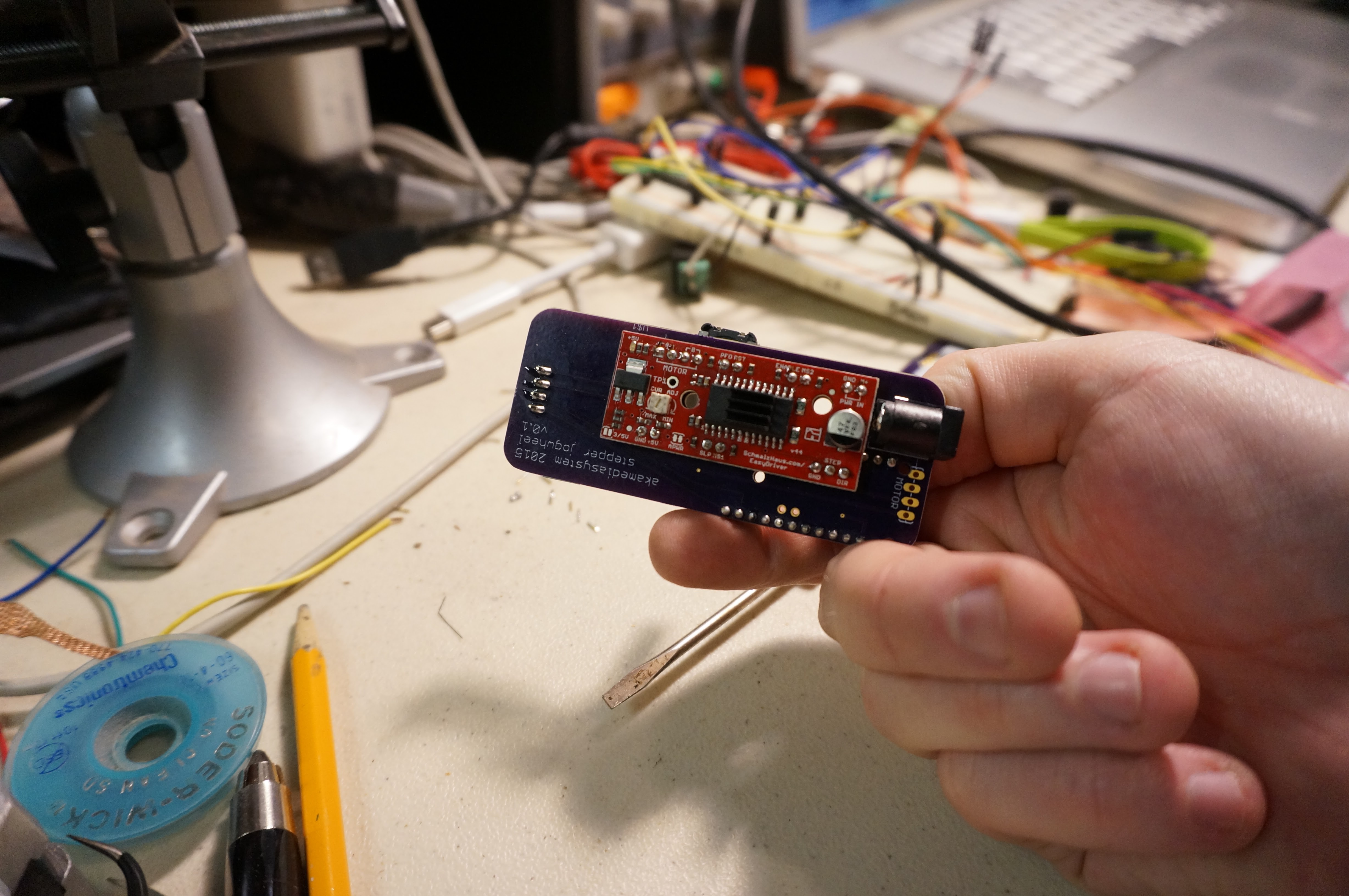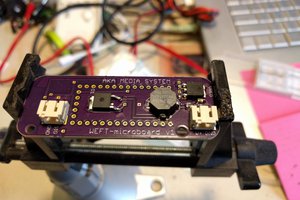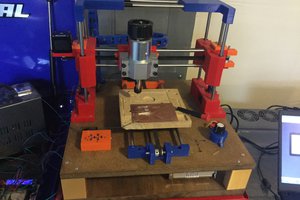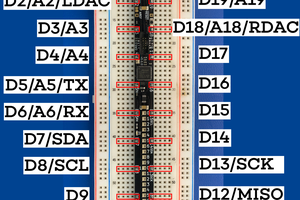I'm sharing this to save someone else some work. I really don't consider it to be creative, as I just strung together a bunch of different demo code ASAP in order to get something working.
Simple jog dial for stepper motor
This is a simple way to adjust the height on the z-axis of my lasercutter; just a jog dial, readout, and stepper controller
 AKA
AKA










 DTeel
DTeel
 fruchti
fruchti
 Michael Rangen
Michael Rangen